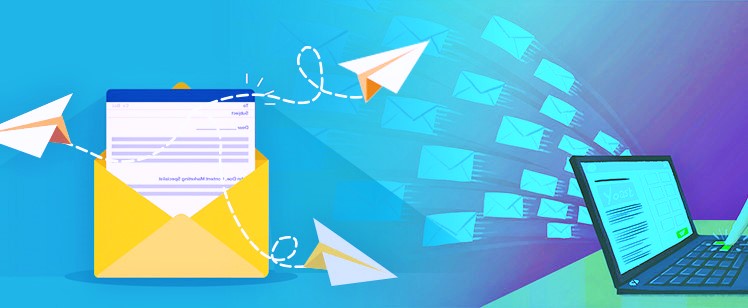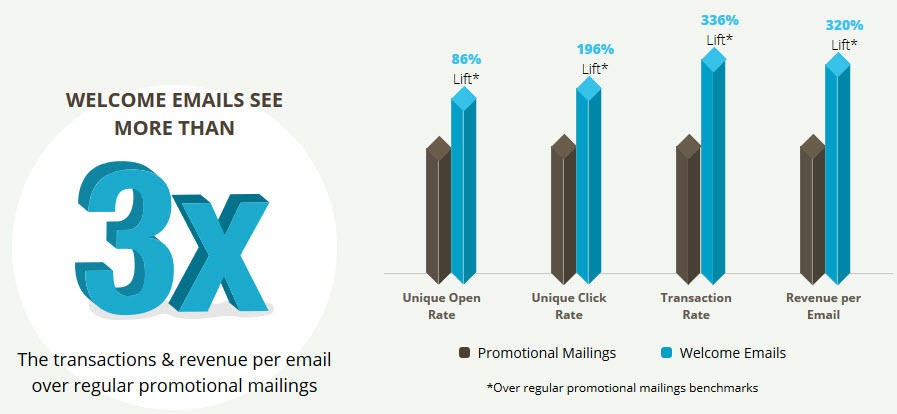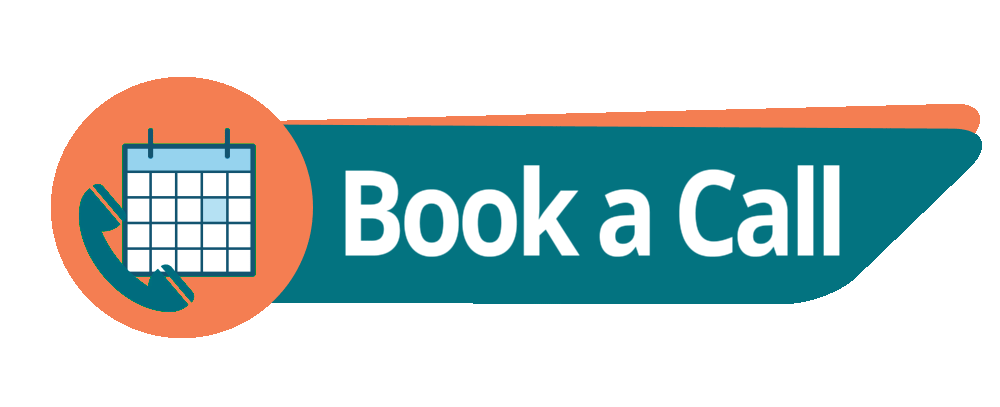
In addition to offering essential information regarding your company’s services and products to motivate the purchasing decision of your customers, various email marketing best strategies can also help in building engagement as well as trust with your consumers.
However, a single email message isn’t going to work. You must first understand how your prospects interact on your site. Only then will you be able to offer a personalized experience. As such, triggered emails are the way to go.
Table of Contents
Why Integrate Behavioral Data?
As per Email Monk’s data, marketing campaigns developed using behavioral data tend to generate higher ROI, with autoresponders resulting in 73 percent more open rates, which is four times higher than generic emails, and triggered emails generating 153 percent more CTR(Click-through-rates), which is higher than standard emails.
Basing your email campaigns on behavioral data will help you in understanding exactly what your clients’ needs and help you determine when to market it to them. It’ll allow you to deliver in-depth content regarding your services and products to your prospects. Additionally, you can create well-articulated emails to inform consumers at every touchpoint, whether it’s about onboarding, post-purchase support or renewal.
Behavioral triggers are online actions your site visitors take or offline interactions that are made with your organization. By analyzing these behaviors, you’ll understand your consumers’ actions. Also, You’ll be able to produce critical insights and even optimize your emails for the full conversion, acquisition, and retention lifecycle.
B2B data points generally include browsing history, past purchases, eBook downloads, webinar attendance, help desk interactions, and various information from social media.
Here’s how you can leverage behavioral data to trigger B2b emails:
● Introduction or Welcome Email:

Generally, welcome emails are delivered to new leads who provide their email or subscribe to your newsletters. Other behavioral data that might trigger welcome emails include eBook or software download, form filling, account activation or event registration.
● Lead Nurturing Emails:
Make sure your leads remain as just leads. Email them after they fill a form or when their actions show that they’re interested in your services or products. A webinar attendance confirmation or a follow up after a trade show or sales meeting are some user behaviors that can trigger lead nurturing emails.
● Post-Purchase Emails:
Generally, consumers provide their email when confirming their order or registration. You can employ order-receipt emails for promoting since this is a starting point for most customers to make their future purchases. Additionally, for a more effective approach, you can customize the receipt with related or recommended products, while focusing mainly on the transactions.
● Customer Satisfaction Emails:
This is another email you must send to your customers after the business deal or purchase. You can create emails to let inform your clients how they can connect with your customer support team if they have any queries regarding their purchase.
Also, remember to give them some time to learn more about your brand and product. After a week without hearing back from your new client, email them a survey to evaluate how much they liked their purchase. Also, ask for recommendations as this will make them feel that your brand is constantly trying to offer better services and products.
Customer’s feedback won’t impact your company’s growth, therefore don’t shy away from asking.
● Upcoming Purchase Emails:
Send upcoming purchase emails to customers who make recurring purchases or those who reorder regularly. You can deliver it as a reminder in advance or after the presumed date of purchase if they forgot about it or skipped it.
You can also trigger such emails by expiring subscriptions or contracts that require renewal. Remember to show your clients that you value their loyalty. This email serve can serve as a great way to restate your loyalty program. Additionally, you can offer discount coupons to encourage upsells.
Conclusion
Once you accumulate the relevant behavioral data along with its corresponding triggers, you’re ready to carry out your campaign. Examine the offers you must include with it and the time to mail them.
Create attention-grabbing content and subject lines that display your brand as well as your overall marketing strategy. Remember to integrate your website or platform with a dedicated email service provider.
As you can see, behavioral triggers play an important part in marketing strategy. Whether offline or online, the signals you get from your customers and prospects will offer you a better understanding of their intentions, its impact on your company, and the right way to connect with them.

